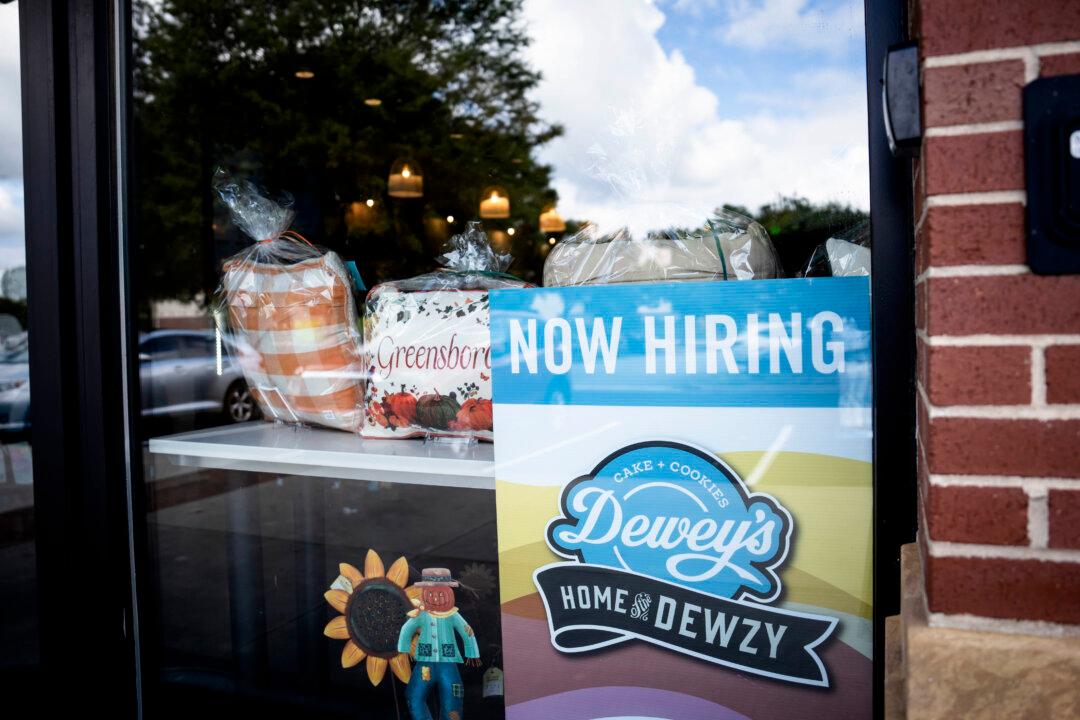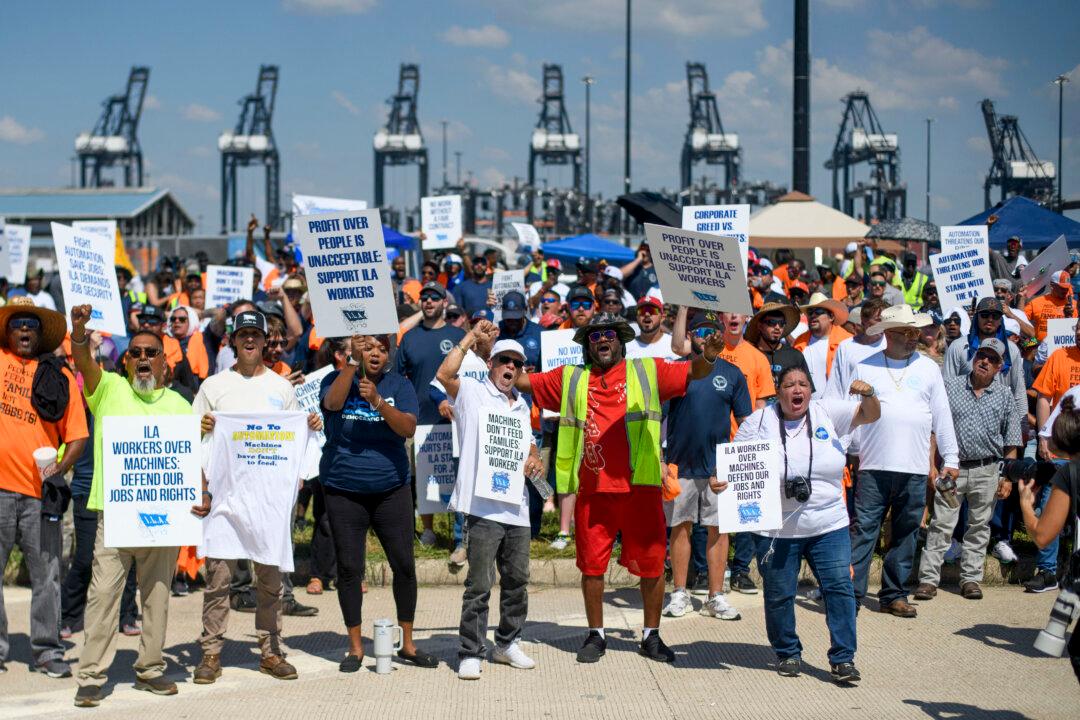Texas manufacturing contracted in September for the 28th straight month, according to a recent survey by the Federal Reserve Bank of Dallas, one of several regional reports that gave a mixed picture of the nation’s factories.
According to the regional central bank survey, which targeted business executives in manufacturing in Texas, new orders, production, and capacity utilization tumbled, highlighting persistent lackluster momentum for the wider manufacturing industry. Employment rebounded after the August decline.
Increases in input and output costs also slowed.
Expectations for manufacturing activity in six months improved, with the future production index rising to its best level since early 2022. The optimism was fueled by the Federal Reserve cutting interest rates.
“I feel better about the overall direction of the economy,” a respondent in food manufacturing told the regional central bank.
“Interest rates coming down is having a positive impact on capital expenditure and interest payments,” a food manufacturer said in the survey.
The outcome of the November election was also top of mind for survey participants.
A respondent in the computer and electronic product manufacturing sector was concerned that industries in the green economy will be favored at the expense of others.
“We look at the possibility of a Harris administration with great concern. It will almost certainly lead to a reduction in our general business activity,” the person stated. “We sell into many industries, so while ‘green’ industries will be favored, we expect others (e.g., oil and gas) to be politically disfavored, leading to reduced investment.”
Regional Manufacturing Stalling
Various regional central banks’ manufacturing indexes have revealed a sector in contraction or stagnation.Despite future indexes slipping in September, they remained in positive territory as companies anticipate better conditions in the next six months.

Factory activity slumped to its lowest level since September 2020 after steep declines in output and new orders. Employment levels dipped.
A survey respondent in the manufacturing industry told the bank that August was the “worst August in 20-plus years,” adding that “September will be the same.”
“We continue to believe that domestic industrial manufacturing is, and has been, in a recession for quite some time,“ another survey respondent said. ”It appears to be hitting harder than it has, as shown by lower orders and fewer opportunities. Foreign dumping of product continues to be unfair and rampant.”
Business activity grew, driven by new orders and shipments. On the inflation front, increases in input and selling prices were little changed. Labor market conditions softened in September.
Overall, firms were optimistic about business conditions in the coming months.
Reviving the Sector
The federal government has invested billions of dollars through the Inflation Reduction Act, the CHIPS and Science Act, and the Bipartisan Infrastructure Law to revive the domestic manufacturing sector.Data show that the trifecta of legislation has initiated, as Apollo Global Management chief economist Torsten Slok says, “an industrial renaissance.”
These developments have yet to lead to a manufacturing boom.
Likewise, the S&P Global Manufacturing PMI weakened for the third straight month in September.
Manufacturing employment has also flatlined.
After all the jobs lost to the pandemic were recovered in early 2022, employment growth has stalled, and payrolls declined by 24,000 in August.
Last week, Democratic presidential nominee Vice President Kamala Harris outlined her $100 billion manufacturing plan, including tax credits to bolster investment and create manufacturing jobs.
Appearing at a campaign event in Warren, Mich., former President Donald Trump pledged to “reclaim America’s manufacturing power” by offering companies low tax rates, energy costs, and regulations.







